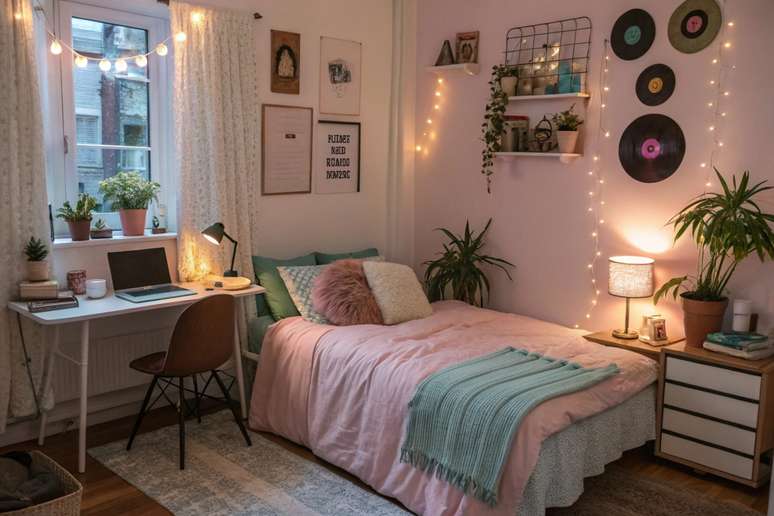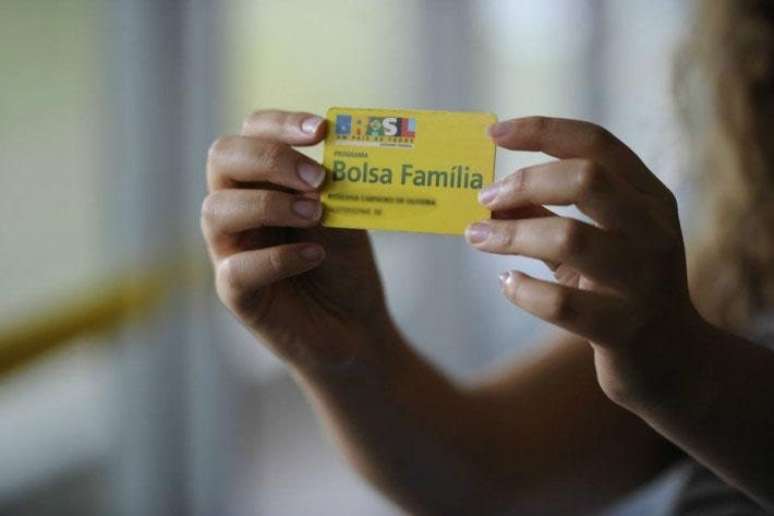More than 10 thousand people have already purchased plots in Smart Cities built in CE and RN. Now, this concept of life has been brought to São Paulo.
Sitting down for a coffee with Susanna Marchionni means experiencing her enthusiasm for the business model developed by Planet Smart Cities. The CEO of the brand in Brazil is Italian, from Turin, and decided that Ceará was the right place to plant the flag for the first time Smart city according to the planet in our country. This is followed by an article in The Economista magazine naming the Brazilian state as one of the 10 best places in the world to invest. Susanna closed the magazine, she took her suitcase and landed here.
And what business model is it? The planet has a research center in northern Italy that investigates ways of living, urban equipment and shared services. Furthermore, it has developed a platform that brings residents together. They identify locations with good land, where the demographic deficit is evident, develop subdivision and construction projects that can generate affordable homesand create again partnerships with companies that sell products and services with a discount for the large number of residents who will occupy the areas. In a few lines I have condensed how this large network develops, from which everyone benefits in the process. The model has already been applied in India, Italy, Colombia, the United States and here. Residents in all these locations benefit not only from discounts on products and services, but also from free items that can be offered thanks to the reinvestment of profits by Planet itself.
Technically, of course, it’s not a city. Because subdivisions are already part of a city and receive services from the Municipality and local concessionaires. But Planet is responsible for this resident’s education. Furthermore application that allows everyone to integrate and also take advantage of common services, Planet pays to social manager who is responsible for the process, as you call it, of citizen empowerment. This professional creates self-management committees and follows the split very closely for two years. After this time he will be able to return whenever necessary to refresh the knowledge of the entire group. A technologyIt is therefore fundamental – and everyone is always connected for better energy management and socialization – but social inclusion, sustainability and urban planning are what makes the Smart City complete, at least in Susanna’s eyes.
Still analyzing the housing deficit, the model migrated to São Paulo. Here, with the Viva Smart banner, we are no longer talking about the city, but about buildings with apartments from 39 to 44 m2. In addition to the project already implemented in Bela Vista, two launches, in Itaquera and Freguesia do Ó, serve neighborhoods with the same proposition: affordable properties, with many shared services – such as libraries (of books and tools), bicycle parking and coworking, as well as a gym, game rooms and party rooms. Here too the social manager plays an important role, collaborating with the building administrator to develop a cooperative way of managing the common areas and services.
CASA.COM.BR had a coffee with Susanna Marchionni to better understand the numbers at play in this process. The number of lots launched and already sold is impressive. Watch the video with the complete interview and discover the details of this business model.
Source: Terra
Ben Stock is a lifestyle journalist and author at Gossipify. He writes about topics such as health, wellness, travel, food and home decor. He provides practical advice and inspiration to improve well-being, keeps readers up to date with latest lifestyle news and trends, known for his engaging writing style, in-depth analysis and unique perspectives.









